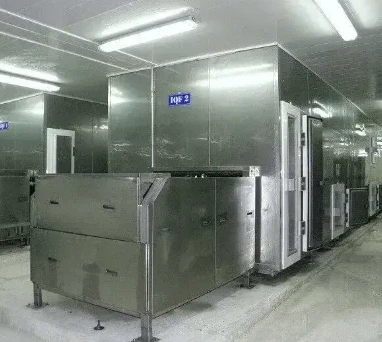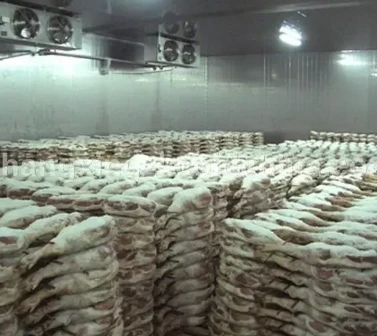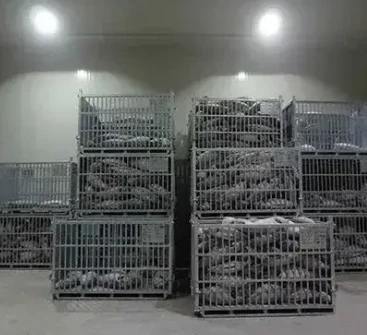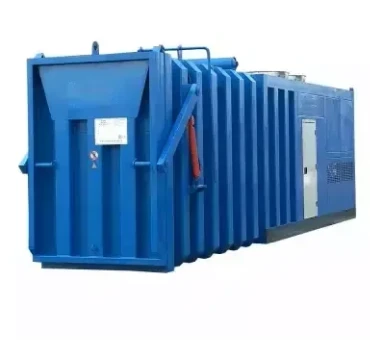Exploring Innovative Solutions for Efficient Cold Storage Fire Safety and Management Strategies
Fire Safety in Custom Cold Storage Facilities
Cold storage facilities play a vital role in the supply chain of perishable goods, ensuring that products such as food, pharmaceuticals, and various chemicals stay fresh and safe for consumption or use. However, like any industrial operation, custom cold storage facilities face unique fire safety challenges. This article delves into the importance of fire safety in these environments and offers strategies for mitigating risks.
One of the primary concerns in custom cold storage is the presence of flammable materials. The refrigeration systems used in cold storage facilities often utilize various refrigerants, some of which can be hazardous. Additionally, the products stored—ranging from frozen food to volatile chemicals—can pose additional fire risks. Therefore, it is crucial for facility operators to be aware of the potential hazards and implement strict safety protocols.
Fire Safety in Custom Cold Storage Facilities
In addition to risk assessments, ensuring proper containment and segregation of hazardous materials is paramount. Storing flammable substances away from ignition sources and in designated areas can significantly reduce the risk of a fire spreading. Furthermore, using fire-resistant storage containers or pallets can provide an added layer of protection.
custom cold storage fire

Another key aspect of fire safety in cold storage facilities is the maintenance of fire suppression systems. These systems should be tailored to the unique conditions of a cold storage environment. Traditional water-based sprinklers may not be the best option due to the risk of freezing and damage to goods. Instead, facilities may opt for alternatives such as foam suppression systems or clean agent systems that can effectively extinguish fires without harming stored products.
Training personnel is also a critical component of fire safety. Employees should be well-versed in fire prevention strategies, emergency response protocols, and the proper use of fire extinguishing equipment. Regular fire drills can help ensure that all staff members know their roles during an emergency, ultimately minimizing response time and reducing potential damage.
Moreover, clear and concise signage indicating emergency exits, fire extinguishers, and first aid kits is essential. These signs should be prominent and easily readable, guiding employees to safety in the event of a fire. Regular inspections of these safety features will help ensure they are maintained and accessible.
Lastly, maintaining an open line of communication with local fire authorities can enhance fire safety in custom cold storage facilities. Local firefighters should be familiar with the facility layout, potential hazards, and emergency plans. Collaborating with them can provide additional insights and support in developing effective fire safety measures.
In conclusion, fire safety in custom cold storage facilities should not be taken lightly. By understanding the unique risks associated with cold storage environments and implementing comprehensive safety protocols, operators can significantly mitigate fire hazards. Regular risk assessments, employee training, effective fire suppression systems, and collaboration with local authorities form the backbone of a robust fire safety strategy. As the cold storage industry continues to grow, prioritizing fire safety will protect not only the facility and its contents but also the health and safety of employees and the surrounding community.
















































































































